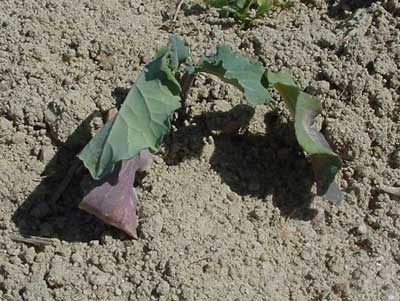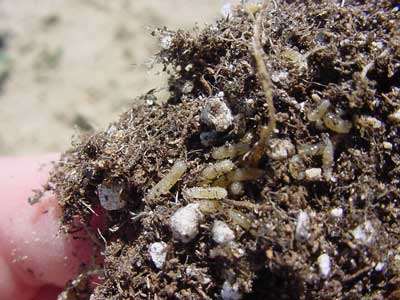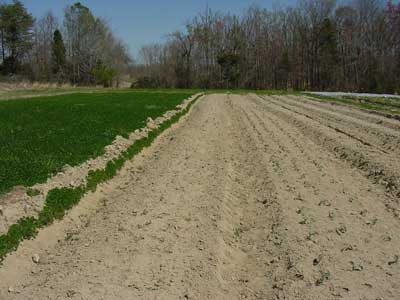Broccoli Problem
go.ncsu.edu/readext?175295
en Español / em Português
El inglés es el idioma de control de esta página. En la medida en que haya algún conflicto entre la traducción al inglés y la traducción, el inglés prevalece.
Al hacer clic en el enlace de traducción se activa un servicio de traducción gratuito para convertir la página al español. Al igual que con cualquier traducción por Internet, la conversión no es sensible al contexto y puede que no traduzca el texto en su significado original. NC State Extension no garantiza la exactitud del texto traducido. Por favor, tenga en cuenta que algunas aplicaciones y/o servicios pueden no funcionar como se espera cuando se traducen.
Português
Inglês é o idioma de controle desta página. Na medida que haja algum conflito entre o texto original em Inglês e a tradução, o Inglês prevalece.
Ao clicar no link de tradução, um serviço gratuito de tradução será ativado para converter a página para o Português. Como em qualquer tradução pela internet, a conversão não é sensivel ao contexto e pode não ocorrer a tradução para o significado orginal. O serviço de Extensão da Carolina do Norte (NC State Extension) não garante a exatidão do texto traduzido. Por favor, observe que algumas funções ou serviços podem não funcionar como esperado após a tradução.
English
English is the controlling language of this page. To the extent there is any conflict between the English text and the translation, English controls.
Clicking on the translation link activates a free translation service to convert the page to Spanish. As with any Internet translation, the conversion is not context-sensitive and may not translate the text to its original meaning. NC State Extension does not guarantee the accuracy of the translated text. Please note that some applications and/or services may not function as expected when translated.
Collapse ▲March 2004Diagnosis: Seedcorn Maggot Feeding Damage Description and Biology of Seedcorn Maggots This grower first started noticing the onion starts she had set out 2-3 weeks ago were wilted and stunted. An examination of the rootballs revealed that they were infested with seedcorn maggots. Seedcorn maggots are the larval stage of a fly that infests the seeds and roots of many different vegetable crops. A few days later the problem was detected in the adjacent broccoli bed. Both the onion and the broccoli had been planted in beds that were previously planted in crimson clover. The clover was incorporated only one week prior to planting, and the large amount of undecomposed organic matter in the beds contributed to the maggot infestation because they prefer high organic matter. Control measures: The maggots like moisture, so try not to give more water than the plants need. Crop rotation and sanitation is extremely important and you never want to leave onion culls in the field, because they can harbor larvae that later mature and reinfest fields. Planting as late as possible in the spring allows for rapid seedling establishment (but of course may conflict with market demands). Avoid planting in soils that are high in undecomposed organic matter. If you amend your soil with manure then you want to leave plenty of time for it to decompose before planting. Post-harvest plowing to bury and rapidly decompose crop residues will help to reduce overwintering populations. Row covers or screens placed over transplants can reduce egg-laying activity. This grower decided to replant in a new part of the field and cover the beds with row covers. Diatomaceous earth can be sprinkled over the beds to inhibit fly activity. She will allow 2-4 weeks for cover crops to decompose before planting. Place your mouse over each photo to read the caption.  wilted broccoli plant wilted broccoli plant  seedcorn maggots infest the rootball of a newly planted broccoli transplant seedcorn maggots infest the rootball of a newly planted broccoli transplant close-up of seedcorn maggots feeding on root ball close-up of seedcorn maggots feeding on root ball onion and broccoli bed next to clover onion and broccoli bed next to cloverThis page last updated January 8, 2011. |


